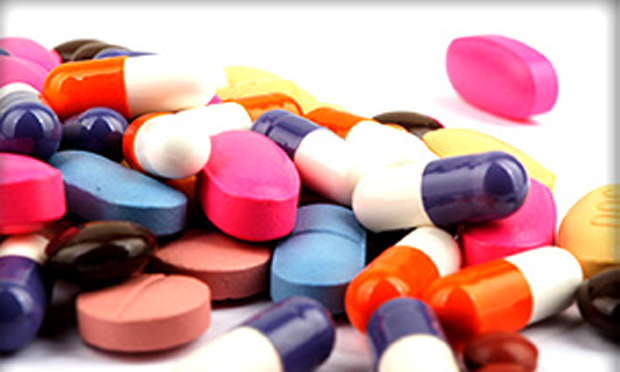This tip sheet is republished with permission from The Poynter Institute. It was written by Vicki Krueger, Poynter’s marketing communications manager. These tips are part of a self-directed e-learning course at Poynter News University called “Numeracy Primer: How to Write About Numbers.”
All kinds of studies, particularly health studies or pharmaceutical trials, report changes in risk. To make sure your story covers those numbers accurately, ethically and elegantly you need to understand how risk (the chance of something happening) works. If you flip a coin, the “risk” or chance that it will land on heads is 50 percent, or one in two. You have an equal “risk” or chance of the coin landing on tails. If you have a bag of 10 marbles and eight of them are black and two are white, you have a two-in-10 chance or “risk” of drawing out a white marble.
When reporting on health or medical studies, it’s often tempting to focus on big numbers: A 50 percent reduction in risk sounds dramatic, for example. But often, the large numbers touted in news releases refer to a reduction in relative risk, and the reduction in absolute risk might be minuscule.
Here’s the difference among types of risk:
Absolute risk
Absolute risk is the actual chance that something will happen. Each time you flip a coin, the absolute risk of getting heads is 50 percent or one in two — regardless of what happened the last time (or the last ten times) you flipped that coin. There are two possible outcomes, and each is equally likely to happen each time you flip the coin.
Relative risk
Relative risk compares the absolute risks in two separate populations. It tells us how much more likely (or less likely) an outcome is in one group when compared with another. If you have a second bag of marbles, and that bag has four white marbles and six black marbles, then your “risk” of getting a white marble is four in 10 or 40 percent. Compared with the original bag, you have doubled your relative risk of drawing a white marble. But you still only have a four-in-10 chance of drawing a white marble.
Increased risk
If a certain behavior is said to increase your risk by a certain percent, you first need to know what your absolute risk is. Then can you decide if the additional risk is worth taking. If, say, your lifetime risk of getting struck by lightning is one in 3,000, and you read that wearing your favorite style of headgear actually increases your odds of being hit by lightning by 20 percent, are you going to stop wearing the hat? Here’s how to figure out your increased risk:
- 1 in 3,000 or 1/3,000 = 0.000333 percent chance — that is your absolute lifetime risk
- 20 percent of that is 0.0000666 percent — that is your added risk with the hat
- Add those together: 0.0003999 percent; about one in 2,500. Are you willing to take that chance?
This tip sheet originally appeared on the Poynter website under the headline “How to Make Sense of Numbers in Science and Health Reports.”
Keywords: health reporting, science journalism, health beat


Expert Commentary